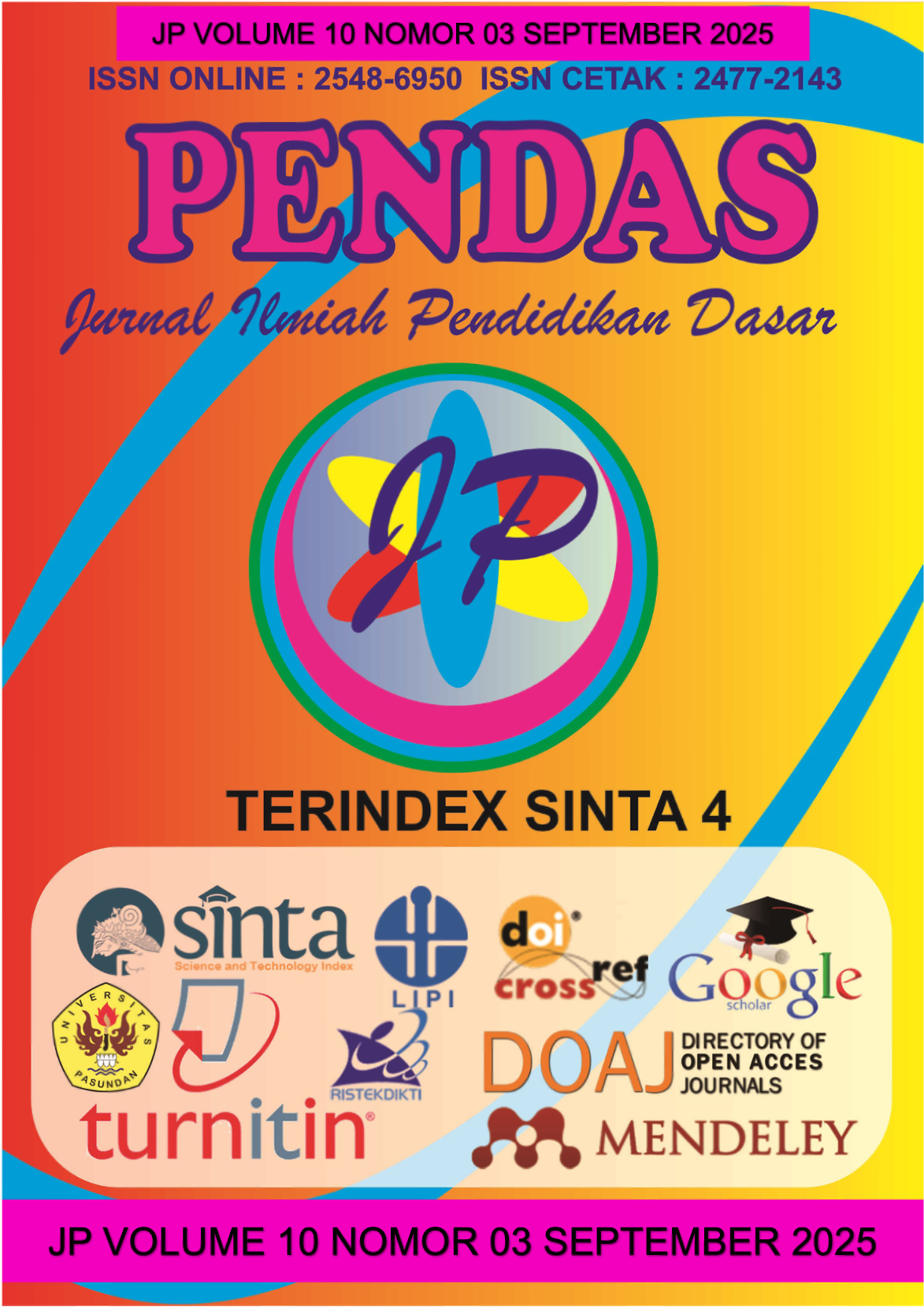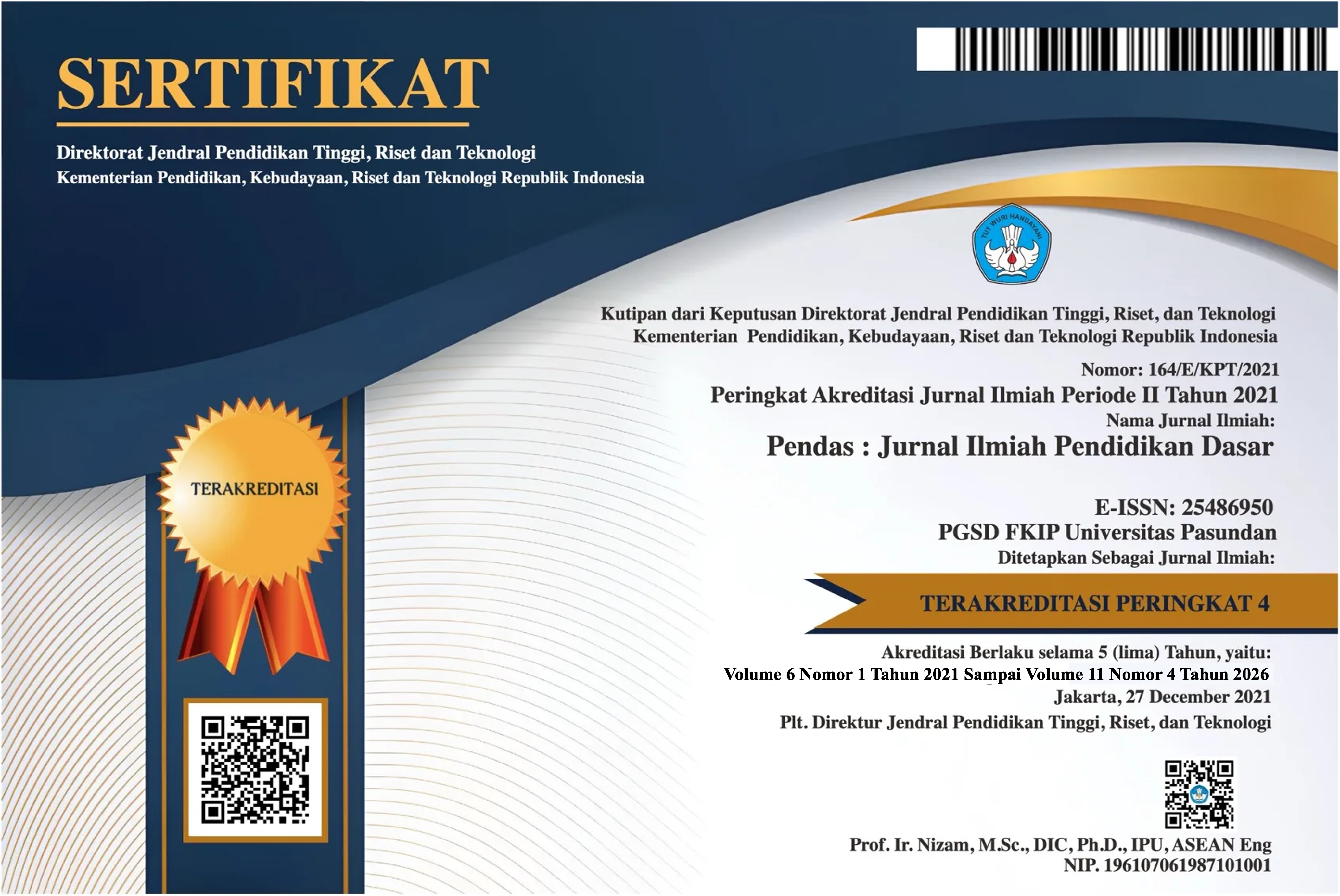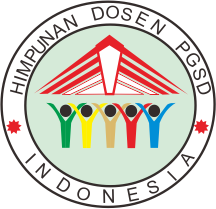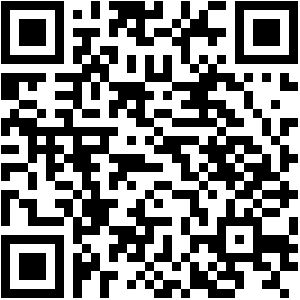PENGEMBANGAN MULTIMEDIA INTERAKTIF BERBASIS UNITY PADA MATA PELAJARAN MANAJEMEN LOGISTIK
DOI:
https://doi.org/10.23969/jp.v10i03.32049Keywords:
Interactive Multimedia Learning, Student Learning Outcomes, Supply Chain Management, and UnityAbstract
This research aims to determine the effect of Unity-based interactive multimedia as a learning medium on the learning outcomes of Office Management students at SMK Negeri 1 Surabaya. The research method used was ADDIE (Analysis, Design, Development, Implementation, and Evaluation). The research design used a quasi- experimental design with a Nonequivalent Control Group Design approach.. The sample consisted of 35 students of class XI MP 2 as the control class, and 35 students from class XI MP 1 as the experimental class. Research data were obtained from observations, interviews, expert validation tests, learning outcome tests, and student response questionnaires. Data analysis techniques used normality tests, homogeneity tests, hypothesis tests, and N-Gain Score tests. The feasibility of the media received a score of 84% from the validation of material experts and 93% from the validation of media experts, so that Unity-based interactive multimedia was declared feasible to use. The results of the T-test were obtained, t count 3.275 > t table 1.668. The hypothesis H1 is accepted, which means that it can be stated that interactive multimedia is proven to be effective and has an effect on student learning outcomes, compared to conventional learning media. Students responded positively, as evidenced by an average response rate of 87.35%, indicating a very positive response.Downloads
References
Alifah, S. (2021). Peningkatan
Kualitas Pendidikan Di Indonesia
Untuk Mengejar Ketertinggalan
Dari Negara Lain. CERMIN:
Jurnal Penelitian, 5(1), 113.
Https://Doi.Org/10.36841/Cermin
_Unars.V5i1.968
Branch, R. M. (2009). Prologue BT -
Instructional Design: The ADDIE
Approach (R. M. Branch, Ed.;
Hlm. 1–20). Springer US.
Https://Doi.Org/10.1007/978-0-
387-09506-6_1
Harsiwi, U. B., & Arini, L. D. D. (2020).
Pengaruh Pembelajaran
Menggunakan Media
Pembelajaran Interaktif Terhadap
Hasil Belajar Siswa Di Sekolah
Dasar. Jurnal Basicedu, 4(4),
1104–1113.
Https://Doi.Org/10.31004/Basice
du.V4i4.505
Ilyasa, D. G., & Dwiningsih, K. (2020).
Model Multimedia Interaktif
Berbasis Unity Untuk
Meningkatkan Hasil Belajar
Ikatan Ion. Jurnal Inovasi
Pendidikan Kimia, 14(2), 2572–
2584.
Mayer, R. E. (2009). Multimedia
Learning (2 Ed.). Cambridge
University Press.
Muhardi. (2004). Kontribusi
Pendidikan Dalam Meningkatkan
Kualitas Bangsa Indonesia.
MIMBAR: Jurnal Sosial Dan
Pembangunan, 20(4), 478–492.
Pangestika, N. A. (2020). Efektivitas
Penggunaan Multimedia
Interaktif.
Purwanto, N. (2019). Tujuan
Pendidikan Dan Hasil Belajar:
Domain Dan Taksonomi. Jurnal
Teknodik, 146–164.
Https://Doi.Org/10.32550/Teknod
ik.V0i0.541
Widana, I. W., & Muliani, P. L. (2020).
Uji Prasyarat Analisis. Dalam T.
Fiktorius (Ed.), Klik Media. Klik
Media.
Https://Core.Ac.Uk/Download/Pdf
/196255896.Pdf
Downloads
Published
Issue
Section
License
Copyright (c) 2025 Pendas : Jurnal Ilmiah Pendidikan Dasar

This work is licensed under a Creative Commons Attribution 4.0 International License.



















